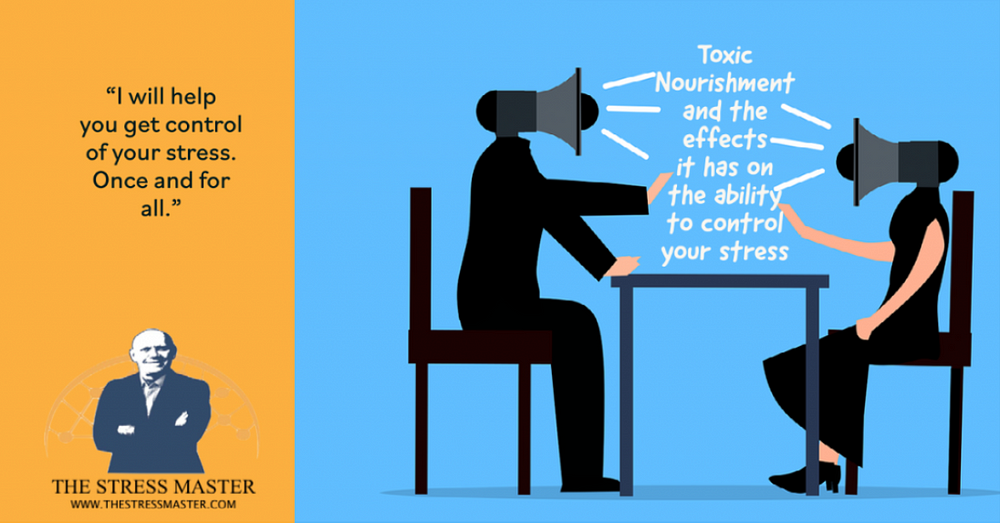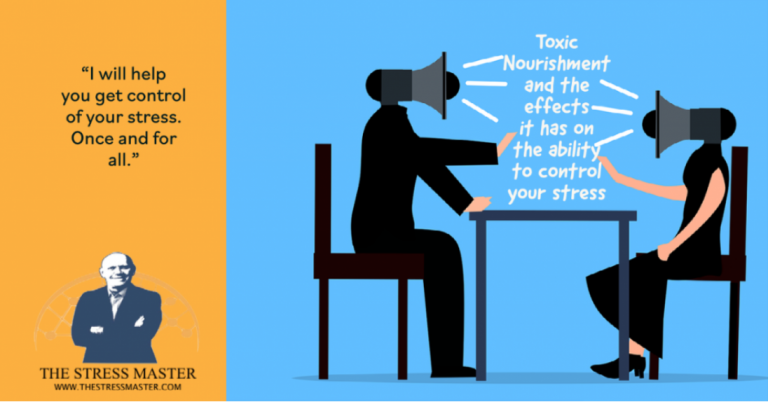
Who has not encountered a less-than-desirable “personality” in the workplace?
If you have not encountered this opportunity, wait. It will arrive. And the good news is that you can choose how to deal with it proactively.
You can adopt the approach of a thoughtful professional who once said, “I’m thankful for all the difficult people in my life. “They’ve shown me exactly who I don’t want to be.”
Research shows that dealing with one’s boss is the worst and most stressful part of one’s job, and that two-thirds of employees would rather have a new boss than a pay raise. This is because bosses are usually the ones who make the most decisions and have the most power. If managers are so awful, why are they tolerated by the organisations that employ them?
In some instances, bad bosses are themselves high performers, top salespeople, or innovative in some way, and it is feared that their departure will negatively impact the company’s bottom line. Therefore, they do everything possible to retain them.
In other instances, inertia is at play. The problem is not a top priority unless the organisation is in complete disarray as a result of the bad boss, which does occur occasionally. When the organisation begins to lose exceptional employees who are difficult to replace, the bad boss is dealt with. By that point, the damage may have been done. According to a Gallup poll, bad bosses are the primary reason why people leave their jobs.
In addition to having to deal with their supervisors, employees must put up with a variety of personalities who arrive each day disguised as coworkers. There are numerous characters and personality types, but the three most frequently criticised are as follows:
The Complainer
We have all worked with someone who complains about their job, company, boss, coworkers, customers, or anyone else they can find to blame for a problem, whether real or imagined. Complainers sap an organisation’s vitality, and if tolerated by management, they can breed additional complainers.
The BackStabber
When you work with a backstabber, you must constantly look over your shoulder to ensure that you are not the next victim. This persistent source of distraction has a devastating effect on employee engagement and productivity.
The Micromanager
One of the characteristics of poor supervisors is their micromanagement of their employees. Employees want to feel empowered, like they can manage themselves and know their tasks and how to complete them to an acceptable standard. The last thing they want is to know they are being watched and studied, and their every move and decision is being examined to a finite degree.
So, what remedies are available to assist us in working/tolerating/coexisting with coworkers who exhibit and frequently take pleasure in dispensing their personalities to each and every one of us?
Disconnect from your emotions because they will cloud your judgment in a given circumstance. Determine what the toxic person is doing to provoke a response from you, and then refuse to play their game. Confront the toxic individual and make it clear that you will not tolerate their bad behaviour. Take a stand for yourself and display courage.
Conflict management in the workplace is a common challenge. When there are two or more people in an organisation, the potential for conflict exists. Conflict management can become a full-time occupation for leaders.
Be objective first when dealing with conflict within your own organisation. Refrain from passing judgment until you have heard the complete story from all parties, and do not take sides.
Be neutral. Identify the various emotions at play and the underlying needs that motivate the employees in conflict.
Assist your employees in recognising and comprehending the negative impact they are having on their coworkers, and then assist them in locating a common ground to resolve the conflict. As with most situations, there is a right way and a wrong way to approach the issue when confronting a toxic coworker or supervisor in a manner that is most likely to produce positive change rather than exacerbate the bad behaviour.
First, take a large step back and detach yourself from the emotions you feel whenever the toxic person manipulates you. Call out the behaviour in a private setting and seek a solution.
If you are a manager, explain the person’s negative impact on the organisation and request that they cease their toxic behaviour. If they do, that’s great, but not all toxic employees are conscious of their bad behaviour. If they do not, you may need to involve HR in the implementation of progressive discipline.
If the toxic individual in your workplace is your boss, you should again pull them aside and explain the negative impact their behaviour has on the organisation and on you personally. If they cannot or will not stop, then you have a problem and may need to consider transferring to a different department or leaving the organisation.
Some toxic people are exceptionally skilled at pushing their coworkers’ buttons, and many people are offended or “triggered” by their behaviour through no fault of their own. How can individuals increase their self-awareness and avoid becoming easily offended or victims?
In some instances, victims are oblivious to the effect toxic people have on them; they simply react, which is precisely the behaviour the toxic person desires if their output is intentional. If you refuse to play their game, they will increase their efforts until it either spills over into something even more nefarious or they conclude that it will require less effort to affect someone else, at which point they will move on.
The first step in avoiding the victim trap is recognising the effect the button-pusher is having. If you find yourself becoming angry or frustrated when interacting with a specific individual in your organisation, you must determine why and how your buttons are being pushed. This toxic coworker is either intentionally or unintentionally agitating you, causing you to become agitated. In the second scenario, work is directed towards you. You must learn how to modify your thoughts, feelings, and actions in response to your coworker’s output in order to have a different experience that does not involve quitting, relocating, or having a heart attack.
More often than not, we cannot change the behaviour of the offensive individual in the next office or the adjoining booth, but what we can do is change the way we react to that individual so we have a less destructive experience.
If you want help sorting out what is possible versus what is probable…please click here and set up a free 30 minute meeting and I’ll tell you if I can help.
Here’s to mastering your stress.
The Stress Master
Ches Moulton
About Ches Moulton, The Stress Master
Ches Moulton, a certified stress management consultant, is the UK’s leading authority on stress management.
His career has spanned more than 25 years, during which time he has been a much sought-after executive coach, psychotherapist, and trainer. His most recent work has focused on helping those with elevated levels of stress overcome their problems and enjoy productive lives, free from both the physical and mental consequences of chronic stress.
During his time as a business performance consultant, Ches has served as an advisor to both private businesses and government in Canada, the Caribbean, United Kingdom, Africa and the Middle East. He is the author of ‘How to Get Control of Your Stress: Instead of Stress Controlling You’, and the international best-seller ‘Choice and Change — How to Have a Healthy Relationship with Ourself and Others’.
For more information, including videos, resources to download, and an opportunity to join Ches when he is live, please visit him at thestressmaster.com

